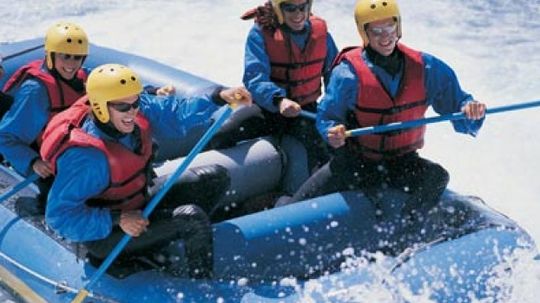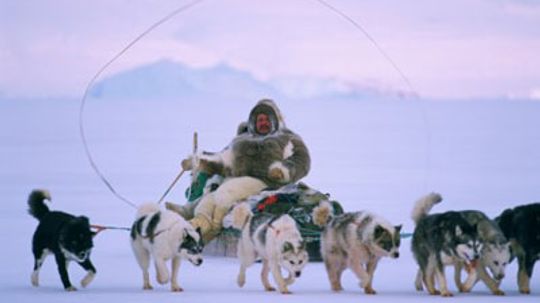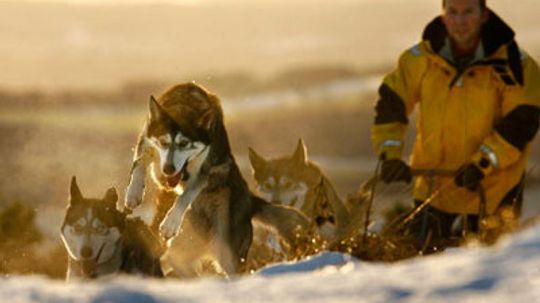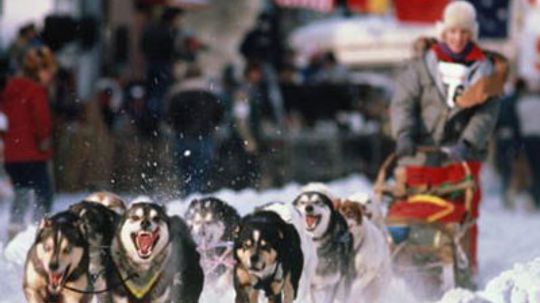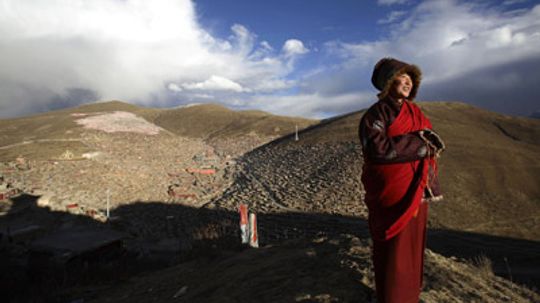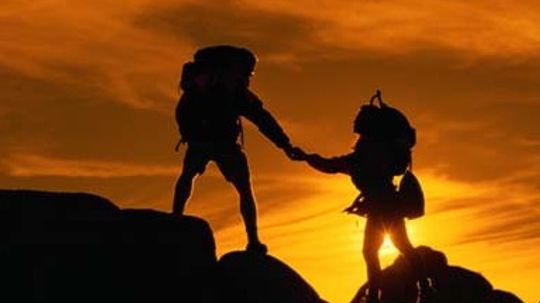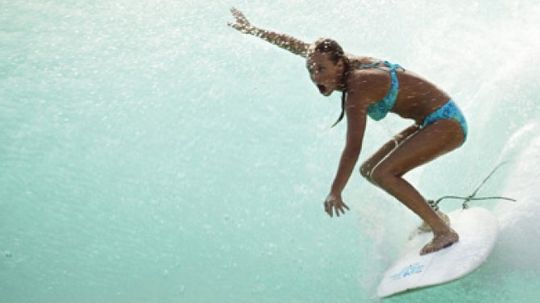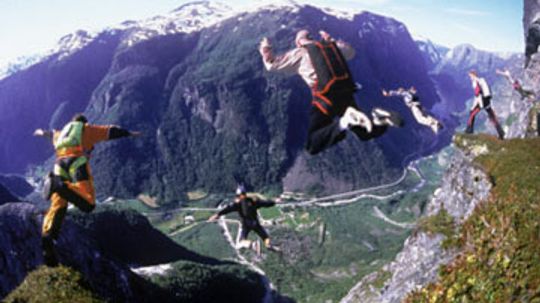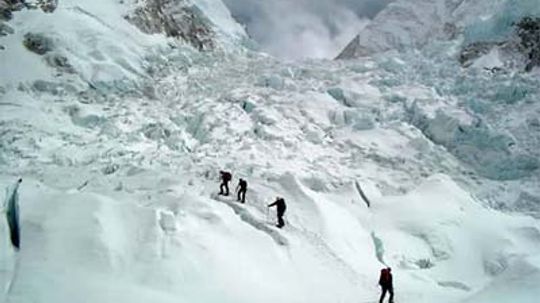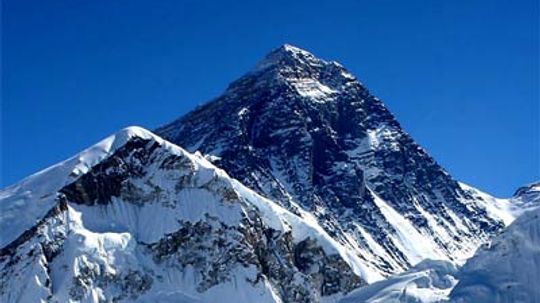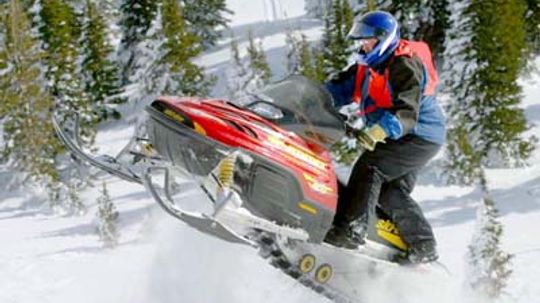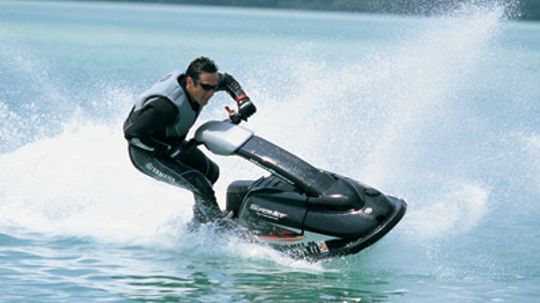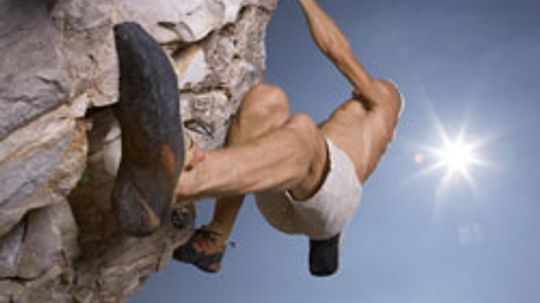Outdoor Activities
Outdoor activities such as biking, climbing and hiking keep you active during the warmer months. Learn more about snow sports like bobsledding and the Iditarod to keep you moving this winter.

Do I have to use film for wildlife photos?

How Action Photo Equipment Works
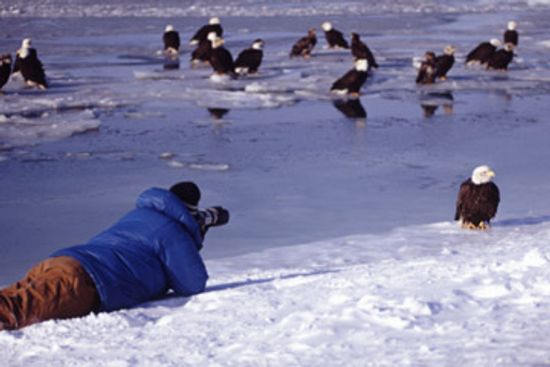
How Bird Photography Works
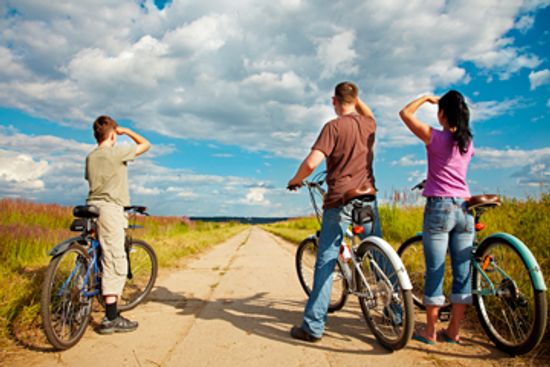
How the Adventure Cycling Association Works
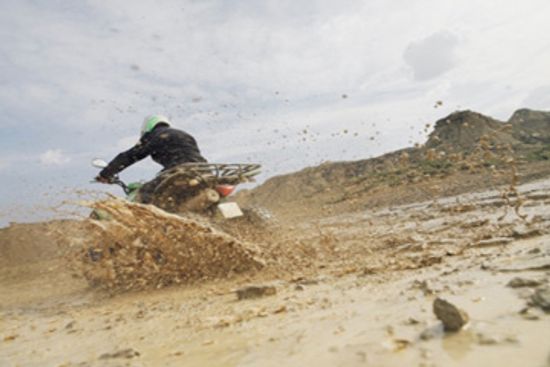
How Tread Lightly! Works

How USA Climbing Works
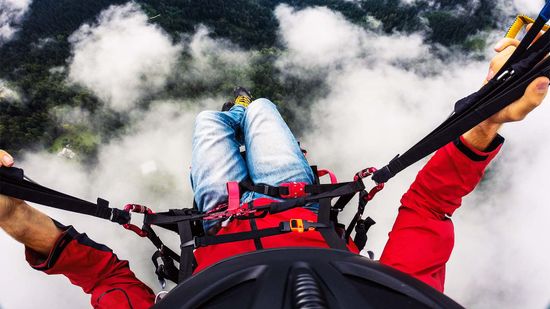
What If My Parachute Fails?
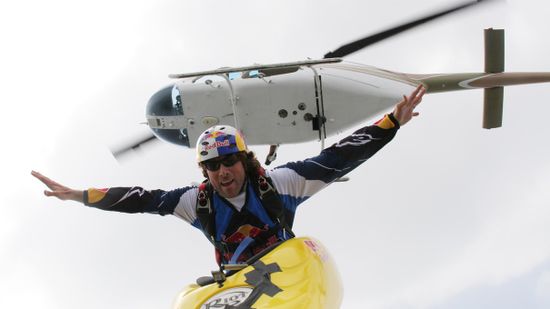
Extreme Sports Athletes Crave the Reward, Not the Risk
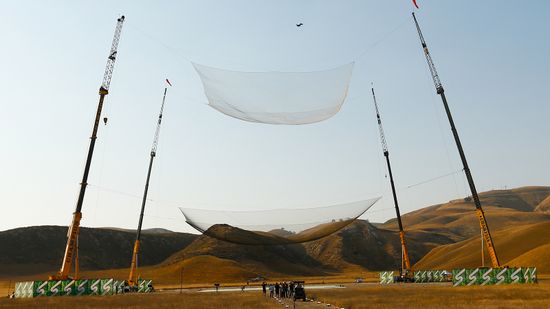
Stuntman Skydives With No Parachute, Just Aims for Giant Net
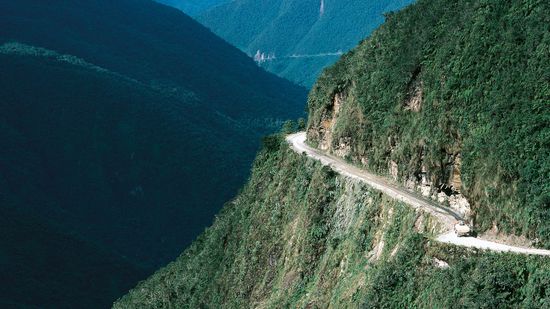
What's It Like Traveling the World's Most Dangerous Road?

22 Weird & Somewhat Useful Bicycle Facts for Staying Green on 2 Wheels
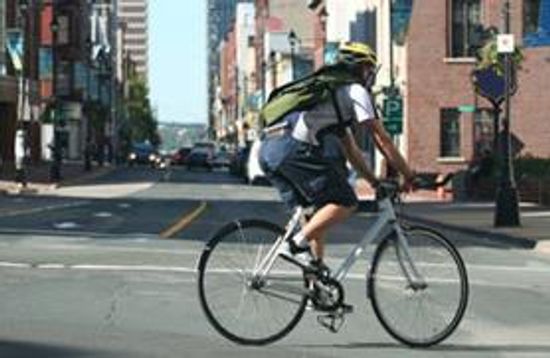
Cycling Tip of the Week: How to Change Lanes and Make Left Turns
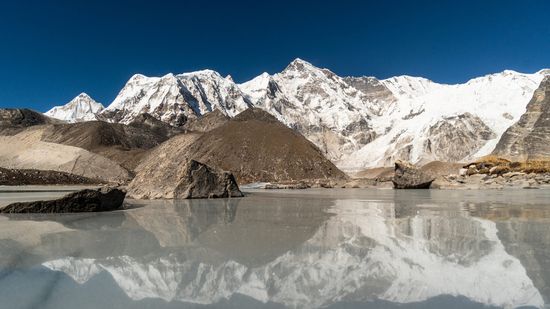
What Are the World's Highest Mountains, After Everest?

Junko Tabei, the First Woman to Conquer Everest, Has Died
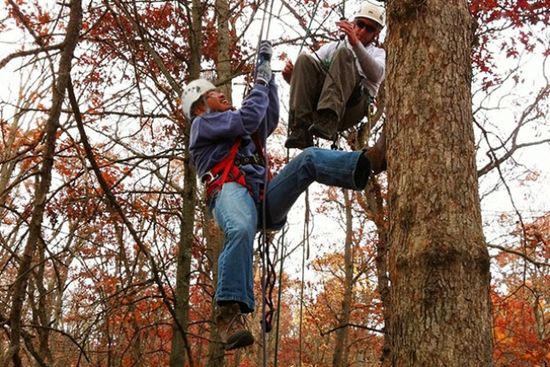
How Tree Climbing Works

How Fish Fraud Works
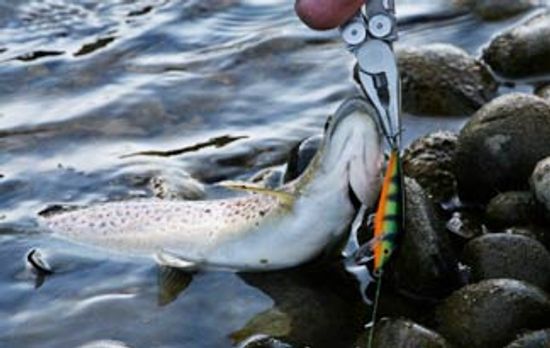
5 Tips for Removing Fish Hooks

Dogtooth Tuna

Exploring the Magnificence of Koko Crater: A Grueling Yet Rewarding Hike

The Ultimate Guide to Hiking Emerald Lake in Rocky Mountain National Park
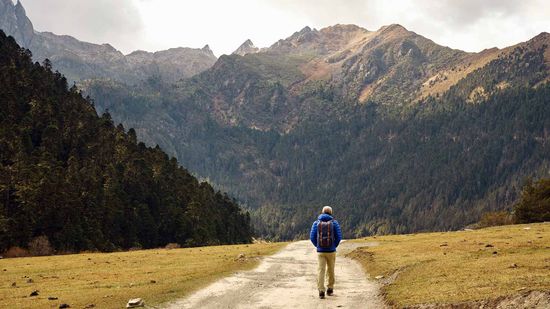
The Longest Walk in the World Traverses 16 Countries

Why Many American Suburbs Welcome Urban Deer Hunters
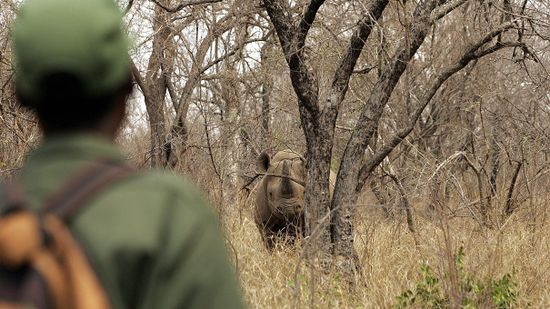
How Trophy Hunting Works

How the NRA Works

Why is torque important in off-roading?
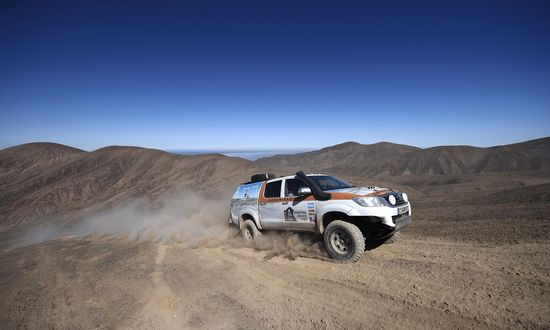
How the Dakar Rally Works
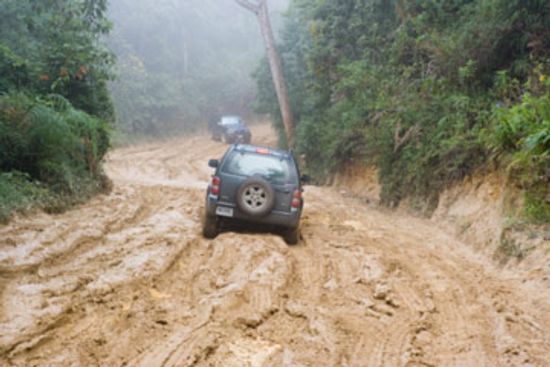
Is 2WD off-roading safe?
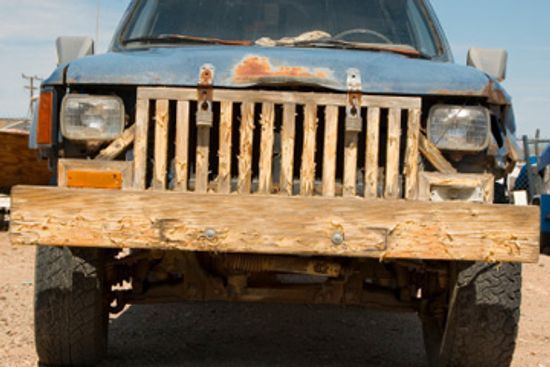
Does my ranch truck need an aftermarket bumper?

How Cattle Sorting and Penning Work
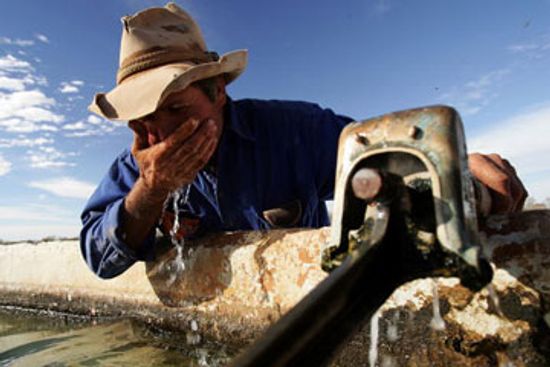
How Ranch Hands Work

Can living off the land benefit your health?
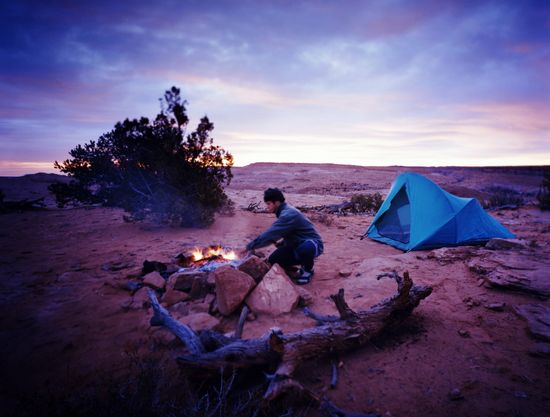
How Human Rewilding Works

Kathrine Switzer: The First Female to 'Officially' Run the Boston Marathon

What's happening when you get a second wind?

Is it possible to run a marathon backward?

Will Beijing Athletes Know Fake Snow From Real Snow?

How Curling Works
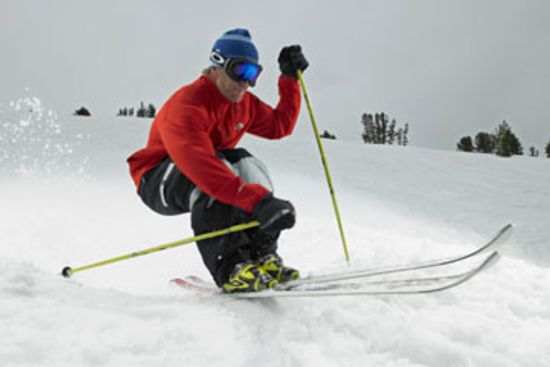
How can ski squats improve my skiing?

Are triathlons safe?

Can myofascial release benefit runners?

How Bicycle Rollers Work

10 Urban Sports That Might Get You Arrested

10 Things We Want to See in Adult Playgrounds
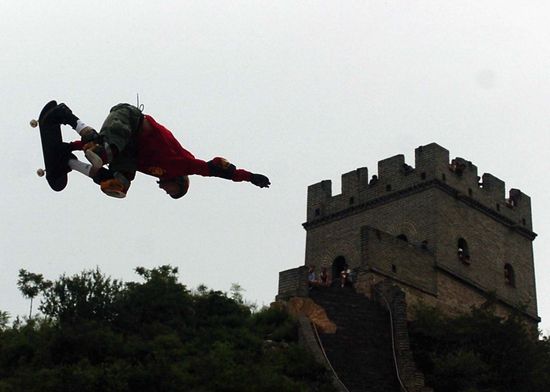
10 Craziest Skateboarding Feats
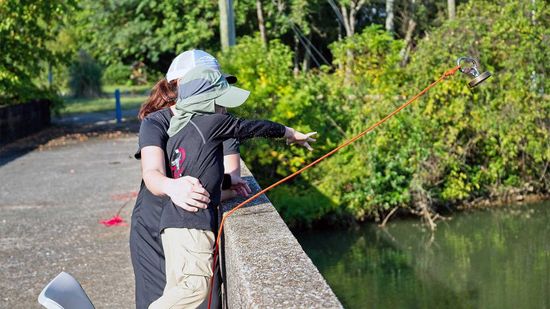
What's Attracting So Many People to Magnet Fishing?
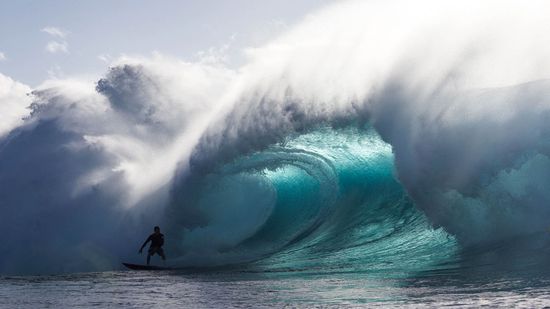
Why Oahu's North Shore Is the Perfect Place to Surf

Before You Buy an Inflatable Pool, Read This!
Learn More / Page 18
You may not think about life jackets until you find yourself overboard and far from shore. How do life jackets keep people afloat, and why does it take only a few pounds of buoyancy to do it?
By Molly Edmonds
Sailboats rank as one of man's most revolutionary inventions. How far have sailboats come since the days of the Santa Maria, Nina and Pinta?
By Cristen Conger
Daredevils plummet over Niagara Falls in a barrel, jump over tractor trailers on a motorcycle and skydive from dizzying heights. Explore the flashiest and most daring stunts that daredevils have to offer.
By Charles W. Bryant
Advertisement
Maybe you've seen mushers driving dogsleds across frozen terrain and heard their trademark call. But mushing is quite dangerous. It's safer to travel by snowmobile or airplane, so why would mushers put their lives and their dogs' in peril?
By Kathleen Seiler Neary
Sled dogs carry a sled, a driver and loads of gear across icy, dangerous terrain. What keeps them going, and how do drivers keep the dogs from getting hurt?
By Kathleen Seiler Neary
The Iditarod is an adventure that defies imagination: a 1,131-mile (1,821-kilometer) dog sled race through desolate tundra, dense forest, snow-swept mountains and the frigid Alaskan coast.
By Kathleen Seiler Neary
At 16,000 feet above sea level, the average person would get sick from a lack of oxygen. How do Tibetans breathe easily?
By Josh Clark
Advertisement
Learn how to hike to stay fit and commune with nature. A day-long hike up and down hills burns as much energy as running a marathon. This article has tips on preparing for a hike, including what to wear, what to pack, and more.
By Tommy Boone
More than 150 years ago, an Englishman in Dartmoor inadvertently inspired a hobby that today has thousands of people playing along: letterboxing. Learn all about letterboxing.
By Jonathan Strickland
Thousands of people around the world use their GPS receivers to geocache, or seek out treasures hidden by other players while exploring interesting locations. Explore the history of geocaching and learn how to find and place geocaches of your own.
By Jonathan Strickland
Popularized in music and movies, surfing is a beloved sport for many. But did you know that it's been around for hundreds of years? Learn about the basics of surfing and get surfing safety tips.
By Tracy V. Wilson
Advertisement
You can repair a bicycle yourself instead of relying on a repair shop. If you want to save some money and learn some new skills, find out what materials and tools you need to make common repairs and get your bicycle back on the road fast.
By Editors of Consumer Guide
Every boat owner should know how to maintain a boat to prevent it from aging and damage. Learn how to make important boat repairs as well as build useful boat accessories.
By Editors of Consumer Guide
Prepare for your next camping trip by learning how to make and repair camping equipment. This article gives tips for repairing a tent making a tarp and resoling hiking boots. Helpful illustrations are included.
By Editors of Consumer Guide
For BASE jumpers, leaping out of an airplane at 15,000 feet and free-falling at well over 100 mph isn't quite daring enough. They look for more unique ways to test their limits -- stunts so risky that they're actually illegal in many places.
By Ed Grabianowski
Advertisement
25-year-old, Lakpa Tharke Sherpa, set a world record when he stripped naked on the summit of Mt. Everest in 2006. He faced also created controversy because the mountain is considered sacred. Learn about this record here.
By Cameron Lawrence
More than 2,200 people have succeeded, but nearly 200 have lost their lives attempting to climb Mount Everest. So why do it? The most famous answer, from climber George Mallory: "Because it is there."
By Hannah Harris
What if a morning jog didn't involve training for a marathon or wearing short shorts? What if it meant creative individual expression through acrobatic moves like leaping from walls and over gaps doing ground rolls and precision jumping?
By Cameron Lawrence
Luge is one of the fastest — and most dangerous — sports in the Winter Olympics. The athletes race down the icy, high-banked tracks at up to 90 miles per hour (140 kilometers per hour). How do they do it safely?
By Julia Layton & Patty Rasmussen
Advertisement
Bobsled drivers and crew plummet down a hill on a track or run that's full of twists and turns. A wrong move can cause a dramatic crash. Learn about the athletes who make up a bobsled team, bobsled runs and the physics behind bobsledding.
By Tracy V. Wilson & Patrick J. Kiger
If you've ever ridden a snowmobile you know that it is a fun fast-paced way to sightsee and go places that cars can't take you. Learn how snowmobiles operate.
By Patrick Emond
People everywhere are putting location-based technology to innovative use creating "experiences" in public settings that are part game, part performance art, and part sociology experiment. Find out about urban gaming.
By Ed Grabianowski
Millions of people swim safely in public, but it's important to know that certain infectious diseases can occur while swimming in public pools, parks, lakes, water fountains and yes, even the ocean.
By Dr. Rob Danoff
Advertisement
Personal watercraft such as jet skis are used by millions of Americans each year, but they weren't always that popular. Learn how personal watercraft came to be, how they work and the laws and environmental concerns that govern them.
By Tracy V. Wilson
Rock climbing is an exhilarating sport that involves strength, control and finesse. Find out what it takes to really get high on life.
By Marshall Brain
